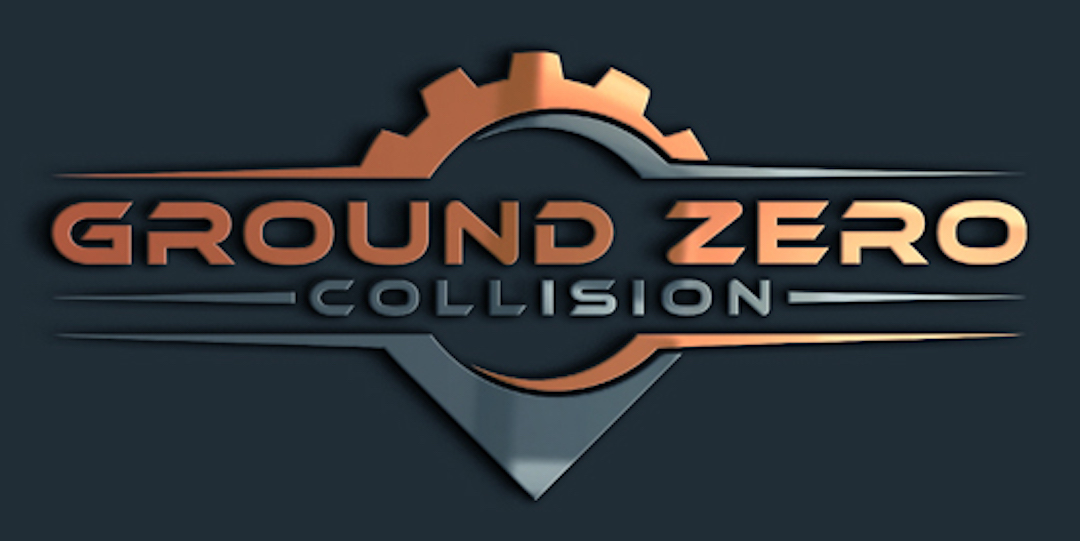Advanced Driver Assistance Systems (ADAS) have revolutionized vehicle safety by reducing human error, which accounts for approximately 94% of all road accidents. However, for ADAS to function optimally, precise calibration is essential, especially after a collision. Some insurance companies may attempt to cut costs by suggesting that calibrations are unnecessary, but adhering to the vehicle’s Original Equipment Manufacturer (OEM) procedures when it comes to calibration in Advanced Driver Assistance Systems is crucial for safety.
Understanding ADAS and Its Components
ADAS comprises various technologies designed to enhance driver safety and convenience. Key components include:
- Sensors: Located on the windshield and other parts of the vehicle, these are vital for features like lane-keeping assist and automatic high beams.
- Cameras: These detect and monitor objects around the vehicle, providing data for systems such as forward collision warning and adaptive cruise control.
- Algorithms: They interpret data from sensors and cameras to anticipate potential hazards and, in some cases, take corrective actions to prevent accidents.
These components work together to reduce human error, thereby enhancing road safety.
The Critical Role of Calibration
Calibration ensures that ADAS components like cameras and sensors provide accurate data to the vehicle’s safety systems. Even minor misalignments can lead to significant safety risks. For instance, if a camera’s aim is off by just one degree, the collision avoidance system may be inaccurate by up to eight feet at a distance of 100 feet, potentially preventing the vehicle from stopping in time to avoid an accident.
Proper calibration is not a one-time task but requires regular checks and adjustments, especially after events that can disrupt sensor alignment, such as windshield replacements, collisions, or even minor repairs like wheel alignments. Neglecting calibration can result in ADAS features malfunctioning or providing false warnings, compromising vehicle safety.
Insurance Companies and Calibration Costs
Some insurance companies may resist covering the costs of ADAS calibration, viewing it as an unnecessary expense. However, proper calibration is essential for vehicle safety and compliance with OEM standards. Insurance companies should recognize that investing in calibration can prevent accidents, thereby reducing overall claims and costs.
When to Seek Professional ADAS Calibration Services
As a vehicle owner, it’s important to know when to seek professional ADAS calibration services. Situations that typically require calibration include:
- Windshield Replacement: Most vehicles with forward-facing cameras require calibration after a windshield replacement to ensure the camera’s proper alignment.
- Collision Repair: After an accident, calibrating ADAS is crucial to ensure that safety systems function correctly. Proper calibration can reduce the likelihood of subsequent accidents by 70%.
- Minor Adjustments: Procedures like wheel alignments or any adjustments that might affect sensor positions may necessitate calibration to maintain ADAS functionality.
Professional calibration ensures that your vehicle’s safety systems operate as intended, providing peace of mind and enhancing road safety.
Ensuring Your Safety Through Proper ADAS Maintenance
Maintaining your vehicle’s ADAS through proper calibration is essential for your safety and the safety of others on the road. Regular checks and professional services keep your ADAS in top shape, ensuring that features like automatic emergency braking and lane departure warning function correctly. By prioritizing ADAS calibration, you demonstrate a commitment to safe driving, protecting yourself, your passengers, and others on the road.
In summary, while some may view ADAS calibration as an unnecessary expense, it is a critical aspect of vehicle maintenance that should not be overlooked. Adhering to OEM procedures and ensuring proper calibration after any event that could affect sensor alignment is vital for maintaining the effectiveness of your vehicle’s safety systems.
Resources:
agsc.org

